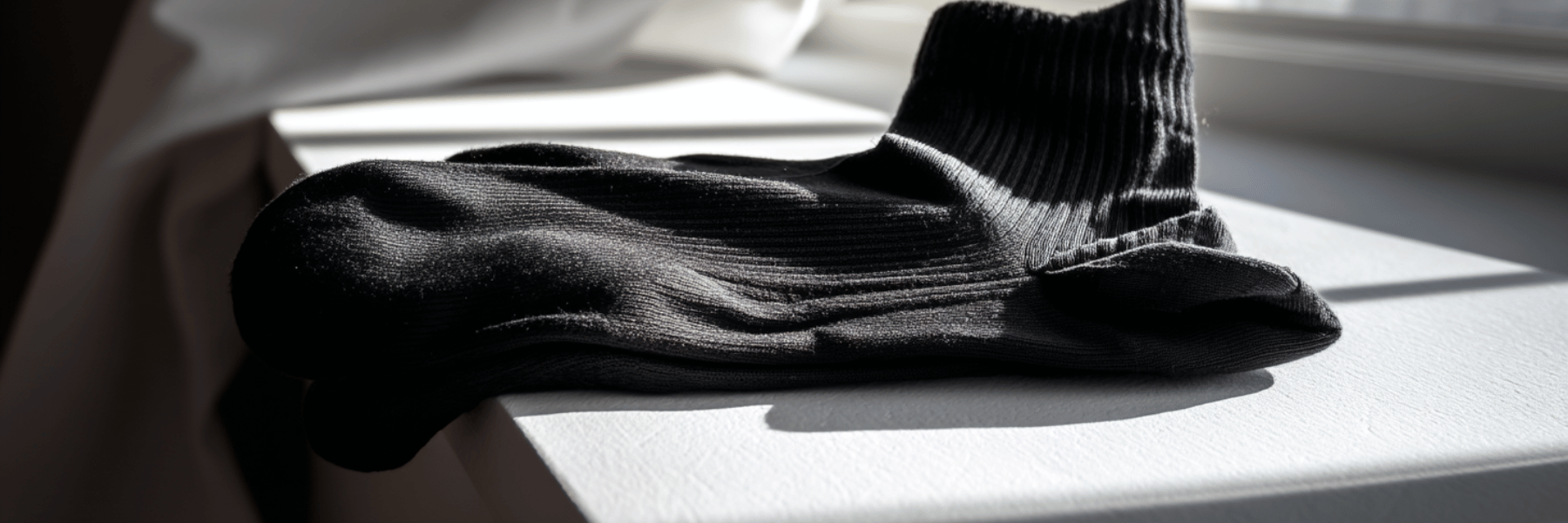If you're dealing with neuropathy, you might wonder if compression socks could offer some relief. With symptoms like pain, numbness, and swelling in the legs and feet, finding effective solutions is essential. These socks promise to enhance blood circulation and reduce discomfort, but are they the right choice for you? Let’s explore how compression socks might play a role in your neuropathy management strategy and uncover potential benefits you may not have considered.
Understanding Neuropathy and Its Symptoms
When you're dealing with neuropathy, understanding the condition and its symptoms is essential for effective management.
Neuropathy arises from nerve damage and can manifest as pain, numbness, and weakness, especially in your hands and feet. Common symptoms of neuropathy include swelling, poor blood circulation, and loss of sensation, leading to complications like foot ulcers.
Diabetic neuropathy is particularly prevalent, affecting 60-70% of people with diabetes. It's vital to recognize these symptoms early to seek relief from neuropathy and prevent severe issues like gangrene or falls due to instability.
Causes can range from trauma and repetitive stress injuries to nutritional deficiencies and toxins. Addressing these symptoms promptly helps in managing and mitigating the condition’s progression.
The Role of Compression Socks in Neuropathy Relief
Compression socks play an essential role in managing neuropathy by enhancing blood circulation and reducing discomfort in your feet and lower legs.
These specially designed socks apply graduated compression to your legs, which helps to relieve pain by improving circulation and reducing neuropathy symptoms like numbness. With the right compression level—ideally 30-40 mmHg—you'll find that these socks can effectively reduce swelling and discomfort, especially if you spend long hours standing or sitting.
Moreover, compression socks offer protection against minor injuries, which is vital for those with diabetic neuropathy. By stabilizing your lower legs, these socks might even improve your balance and reduce your fall risk.
Always consult a healthcare provider to guarantee you're using the appropriate compression level for your needs.
Choosing the Right Compression Socks for Your Needs
Having explored the benefits of compression socks in managing neuropathy, let's focus on choosing the right pair to suit your needs.
Start by opting for medical-grade 30-40 mmHg compression levels, as these are often recommended for effective symptom relief. Ensuring the compression socks fit properly is essential; they should be snug but not overly tight to avoid restricting blood flow.
Look for socks with moisture-wicking properties to keep your feet dry, reducing the risk of skin irritation or infections. Knee-high socks generally offer better support, but your choice should reflect your specific needs.
Finally, consult with a healthcare provider to determine the best compression socks for neuropathy, considering your health conditions and lifestyle for optimal outcomes.
Additional Benefits of Wearing Compression Socks
As you explore ways to manage neuropathy more effectively, consider the additional benefits of wearing compression socks.
These socks do more than just improve blood circulation; they help reduce numbness and pain by promoting blood flow and preventing swelling. For those dealing with medical conditions like neuropathy, compression socks can help provide relief and enhance your quality of life.
They stabilize your legs and feet, reducing the risk of falls and improving mobility. By protecting your lower legs from minor injuries, they offer an extra layer of defense against infections.
Whether you're standing or sitting for long periods, compression socks can help reduce fatigue and discomfort, making daily activities much more comfortable and manageable.
Tips for Maximizing the Effectiveness of Compression Socks
While compression socks can greatly aid in managing neuropathy, maximizing their effectiveness requires attention to a few key details.
First, ascertain proper sizing to avoid discomfort and circulation issues. Ill-fitting compression socks can hinder blood flow, negating their benefits.
Opt for graduated compression, ideally 30-40 mmHg, as recommended for neuropathy relief. Consistently wear compression socks throughout the day to enhance blood flow and alleviate symptoms.
Incorporate a daily foot care routine, checking for blisters or calluses that could be aggravated by the socks.
After removing them, apply a skin moisturizer to maintain skin health and prevent dryness or irritation.
